The right room lighting can bring any space to life. Learn about the various ways to light up a room and the different effects they deliver.
In the old days, a single room in your parent’s house would have a single light, delivered from a long fluorescent tube.
But the rooms in today’s homes are a different story altogether. With the right layers of lighting, any room can be instantly transformed.
But planning for room lighting requires some basic knowledge about the types of lighting available. In general, they can be grouped to:
Now that you know how different types of room lighting can give impact to your home interior, all you have to do next is to find the right pro to discuss your lighting needs.
Visit Recommmend.my and submit your floor plan or lighting requirements to get a free customised proposal, along with cost estimates, portfolio and reviews.
Table of Contents
1. Ambient Lighting
This is the basic or general lighting needed to illuminate the space. Ambient lights are almost always planted on the ceiling or mounted on the wall. It creates a diffuse lighting effect to the space so as not to cause any glare to your eyes.
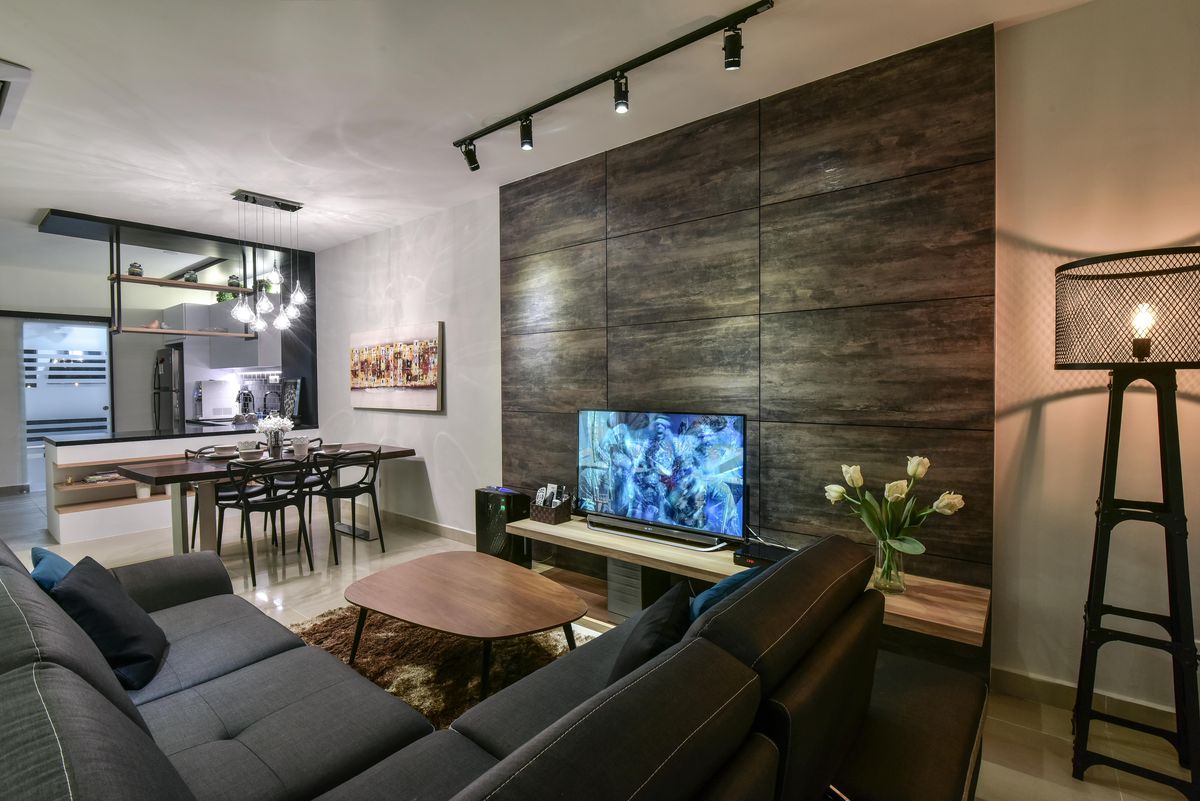
2. Accent Lighting
Accent lighting is used to draw attention to feature walls, artwork; anything you want to highlight. Spotlights are a form of accent lighting to show off a unique art piece or architectural design. This helps add style and visual interest to your room.
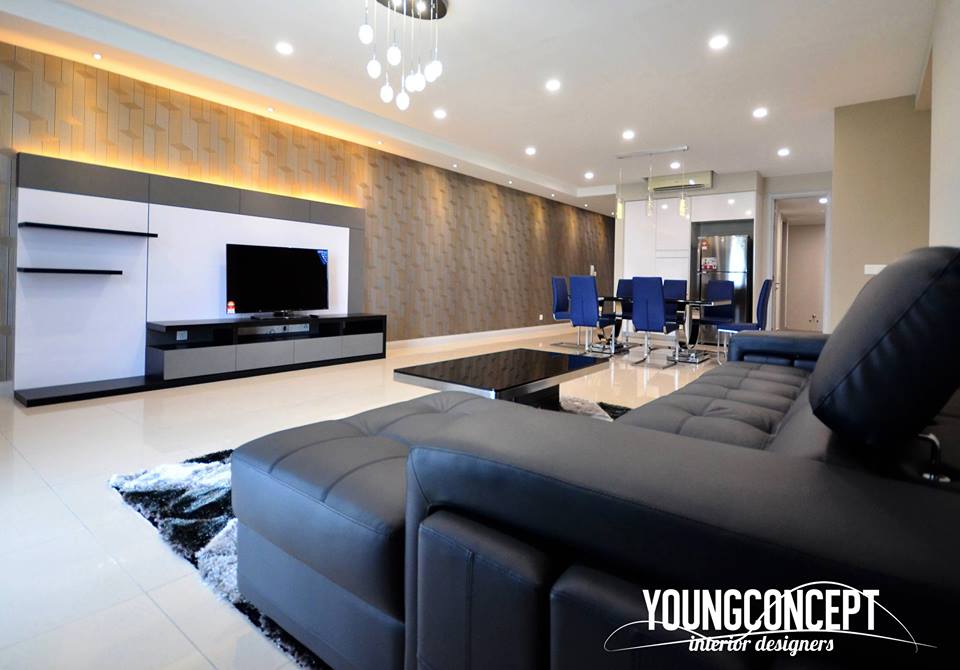
3. Task Lighting
As the name suggests, task lights are used to light up high-activity areas, such as eating, studying, or cooking. You also need task lighting by the bathroom mirror for shaving or putting on makeup.
Examples of task lights are desk lamps, or hanging pendant lights above the dining table, or track lights installed below a kitchen cabinet to light the counter top. The purpose of adding task lights is to minimise shadows caused by other lighting inside the room.
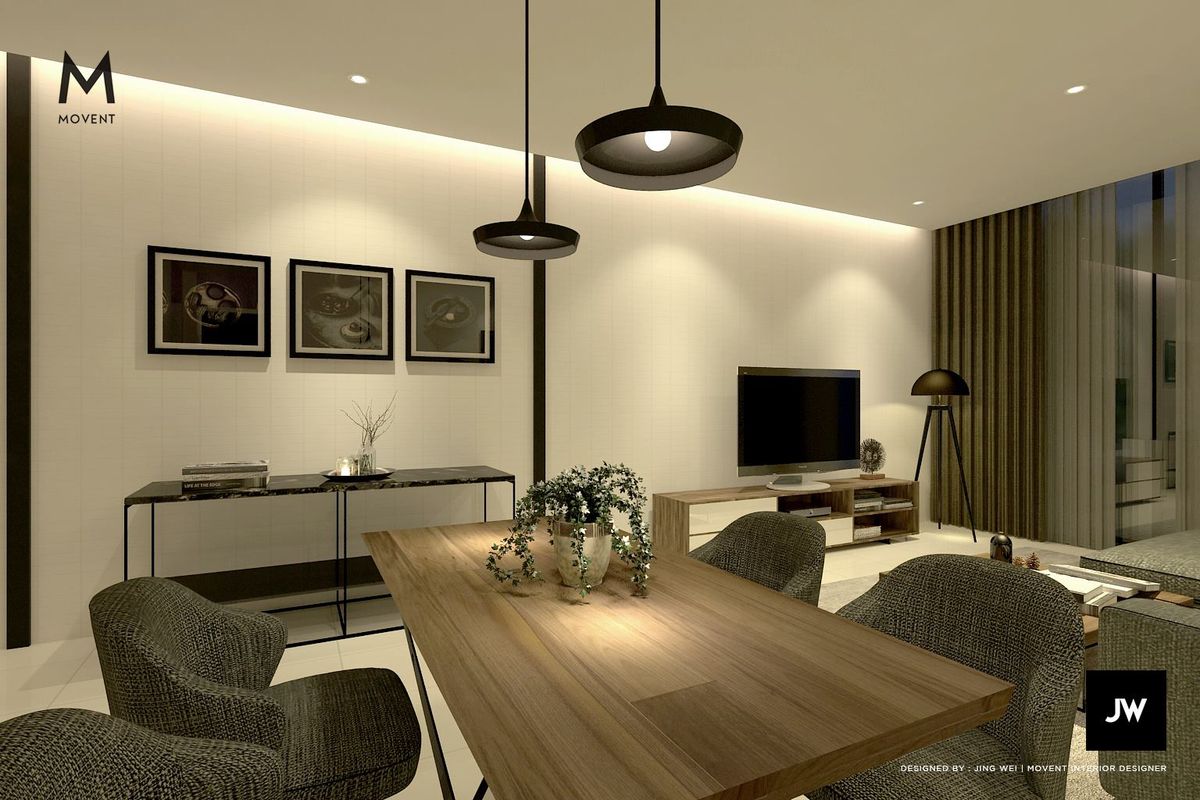
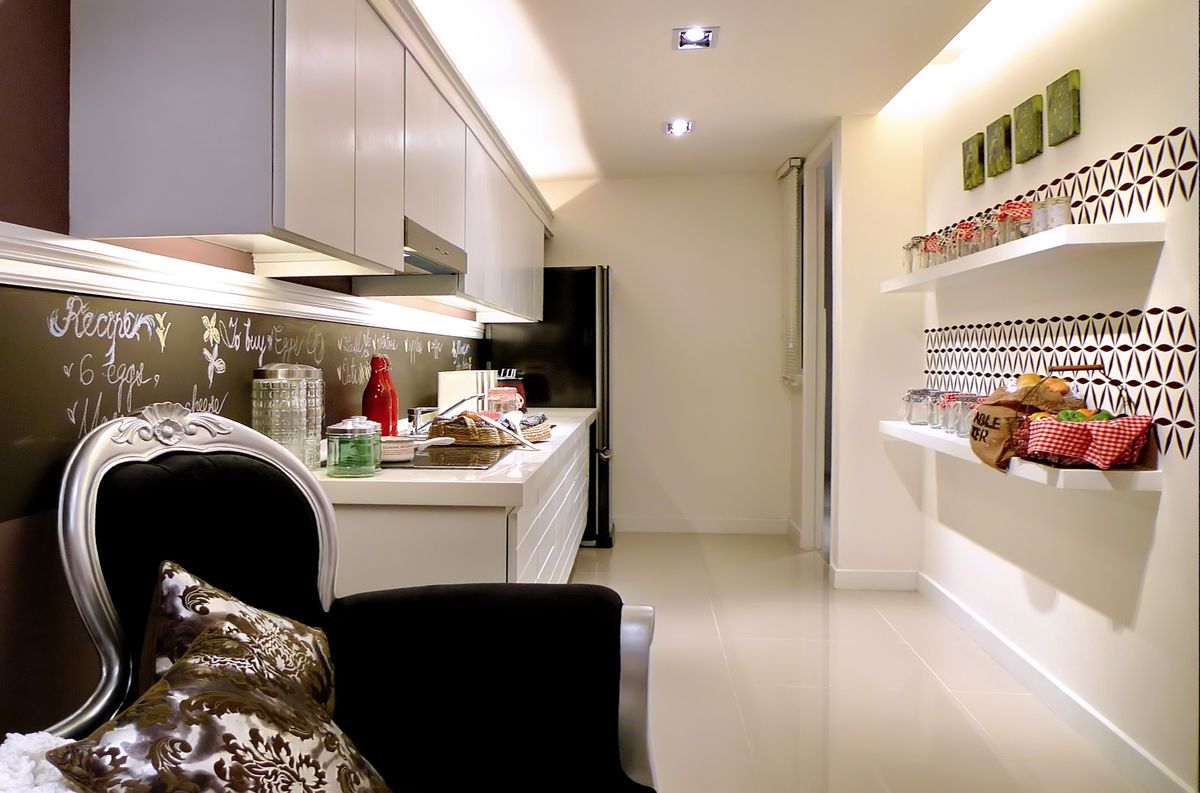
4. Aesthetic Light
If you want to create an artsy look while lighting up the space at the same time, adding aesthetic lighting is a good way of doing it. More decorative than functional, these lights come in numerous designs and shapes. Some examples include neon lights or spotlights with crystal beads.
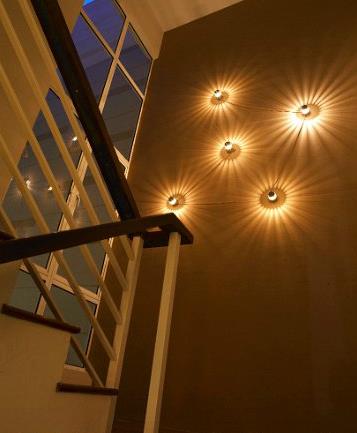
5. Natural Light
If your home has large windows or glass doors, it’s best to allow as much natural sunlight to enter your home during the day as a replacement for ambient lighting. However, natural lighting will change throughout the day due to weather conditions, so you shouldn’t depend on it for task lighting.

6. Light for special occasions
Adding extra lighting on special occasions will bring a whole new festive mood to the area. For example, during Deepavali, homes will be lit by candles and lanterns. And at garden weddings, fairy lights are draped on trees and around the area to create an enchanted ambience.
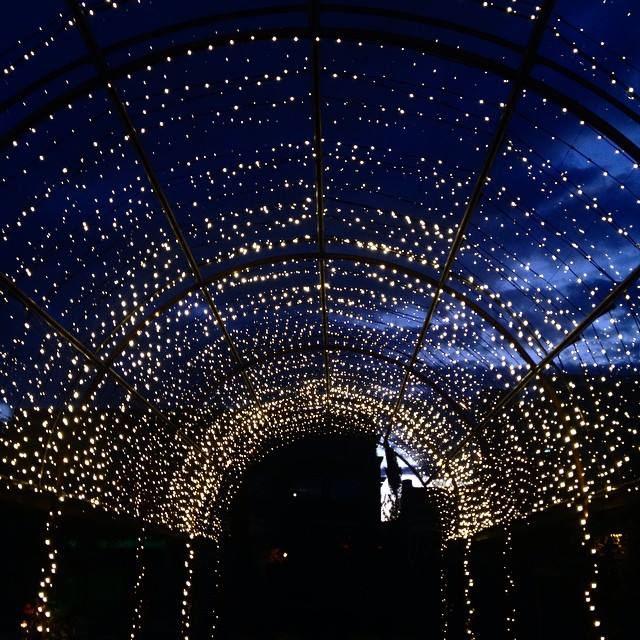
Warm Light or Cool Daylight?
As a general rule, warm (or yellow) light is primarily used for ambient lighting in hallways, bedrooms the living room to create a relaxing atmosphere. Cool lights or daylight is typically used in bathrooms, the inside of cupboards, study tables and reading areas.
However, this comes down to personal choice and it really depends on the mood you want to achieve.
A Note About LED room lighting
With all the different types of lighting, one trend is clear; LED lighting is the way to go.
LED lights are now being used in replacement of conventional lighting methods in almost all applications. For ambient lights, homeowners prefer to now use LED down lights built into the plaster ceiling, or multiple track lights. For task lighting, LED bulbs have all but replaced compact fluorescent (CFL) bulbs, as they provide the same cool or daylight without the higher wattage. There are also LED replacement bulbs for traditional circular fluorescent tubes.
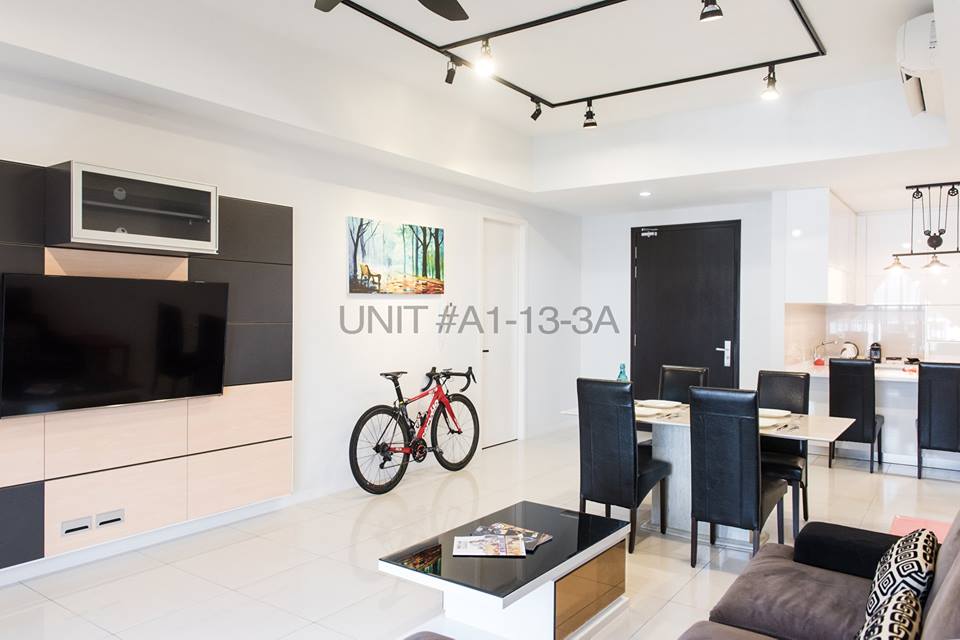
However, LED lights are still more expensive than traditional CFL bulbs or halogen spotlight bulbs (although they reportedly last longer). As you plan your room lighting, ask your lighting professional to suggest LED lighting options and calculate whether the savings are worth it.

Now that you know how different types of room lighting can give impact to your home interior, all you have to do next is to find the right pro to discuss your lighting needs.
Visit Recommmend.my and submit your floor plan or lighting requirements to get a free customised proposal, along with cost estimates, portfolio and reviews.


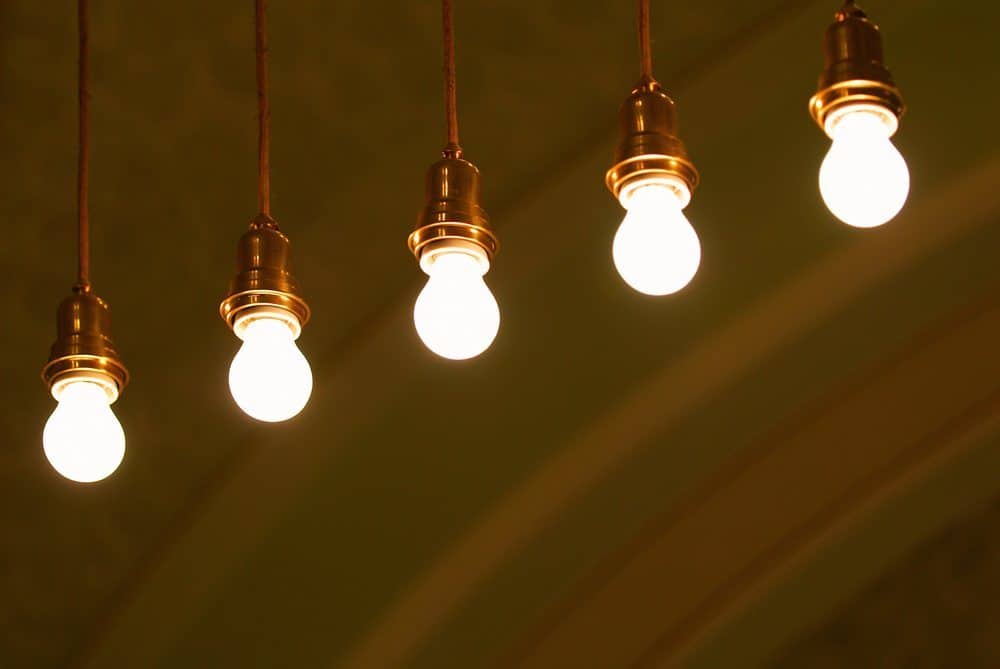


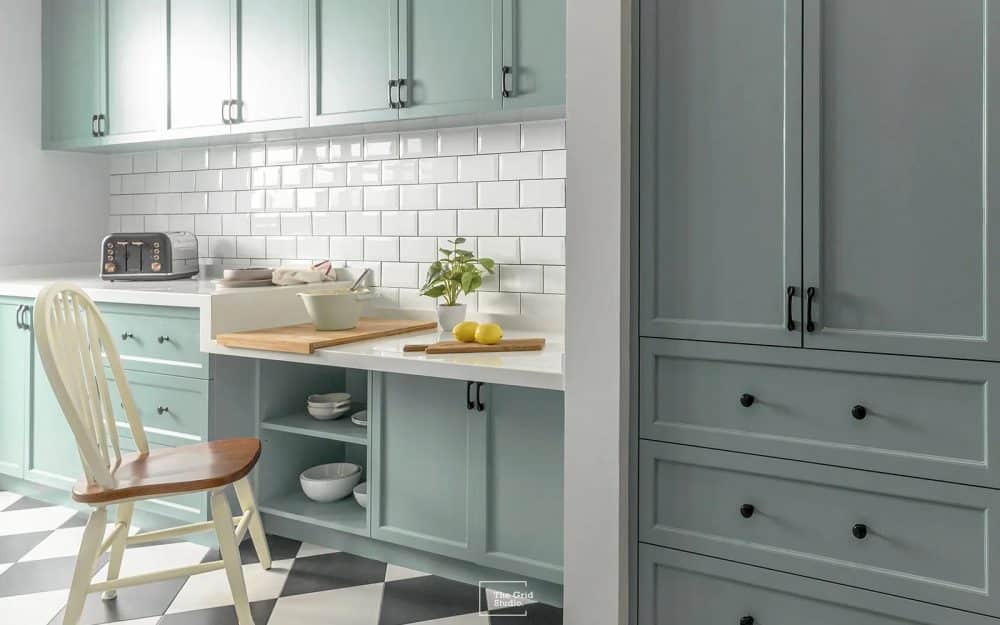
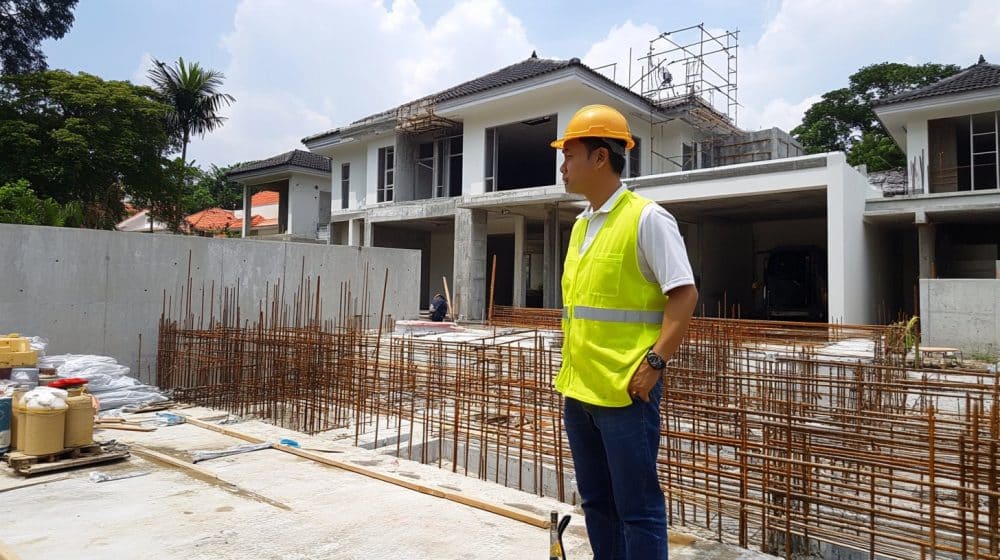
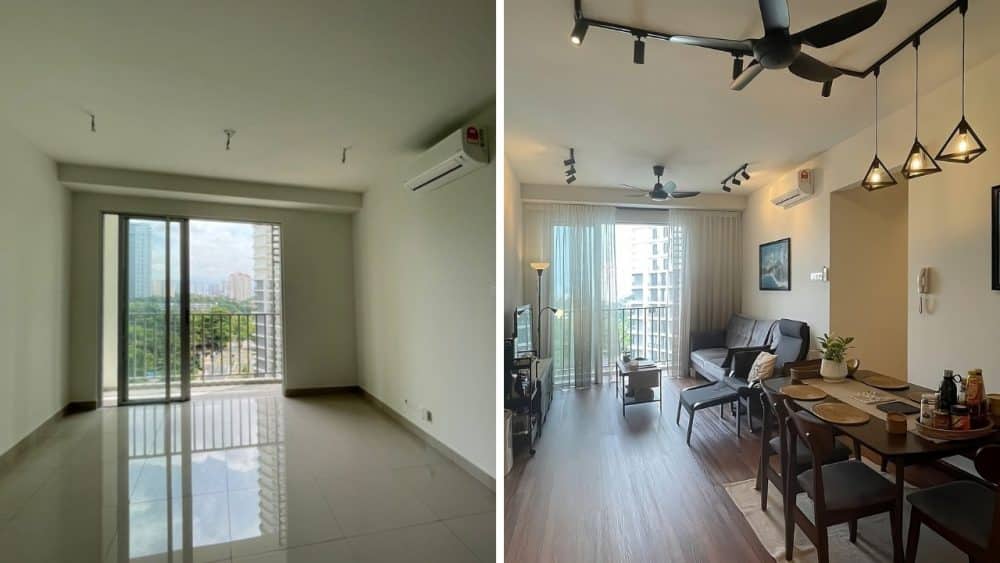

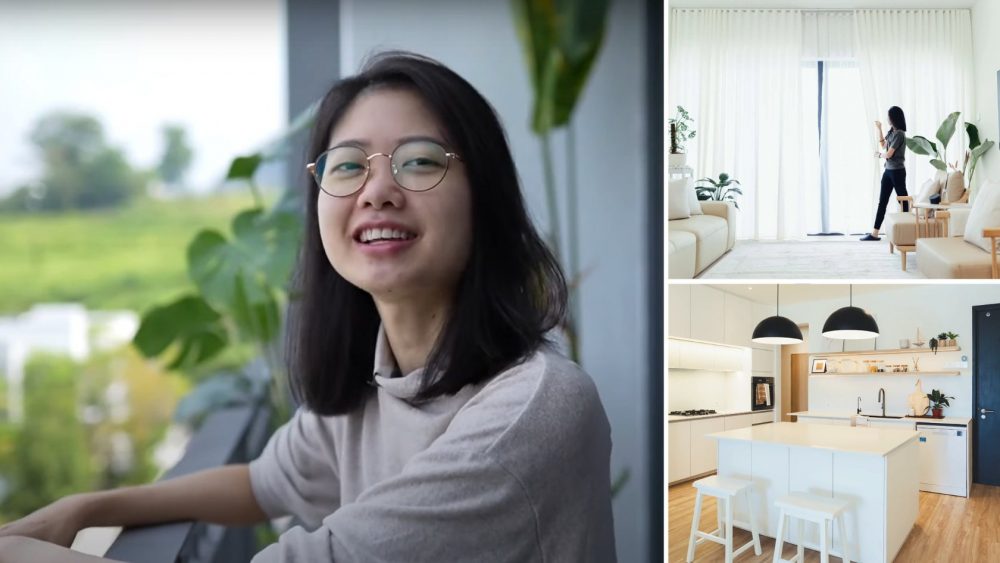
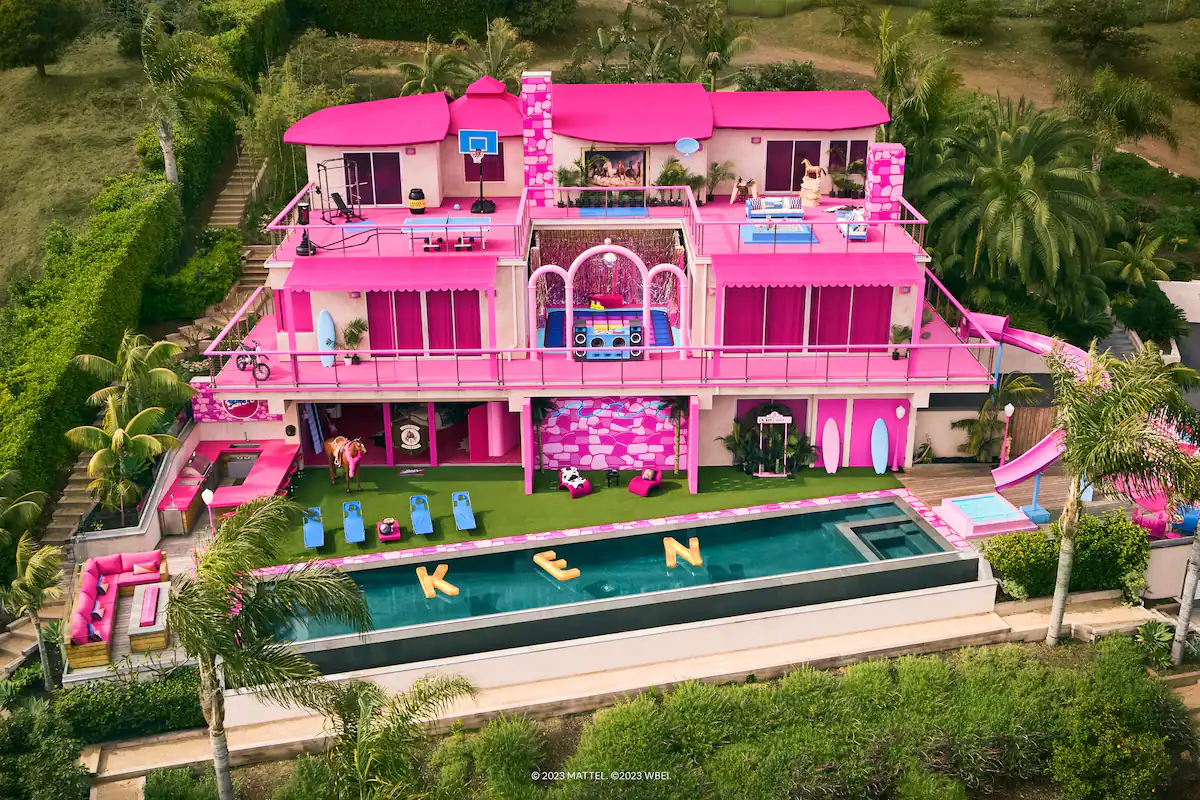
Pingback: 10 Ideas to Make Any Malaysian Home Feel Bigger
Pingback: Cara-cara Untuk Tingkatkan Produktiviti Bekerja di Rumah
Pingback: How a Malaysian Home Can Maximise Energy Efficiency
Pingback: What To Do After I Receive My New House Keys?
Pingback: 9 Things In Your Home That Could Be Making You Sick: #8 Got Me Itching Immediately - Recommend Living
Pingback: 9 Things In Your Home That Could Be Making You Sick: #8 Got Me Itching Immediately - Recommend Living
Pingback: 9 Things In Your Home That Could Be Making You Sick: #8 Got Me Itching Immediately - Recommend LIVING
Pingback: Will you actually save more with LED lights? - Recommend LIVING
Pingback: 8 Budget Interior Design Ideas | Recommend.my LIVING
Pingback: 8 simple ways to give your living room design a facelift | Recommend.my LIVING